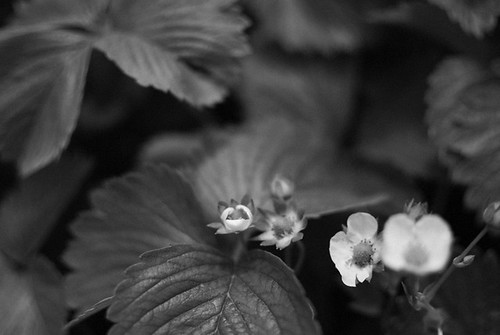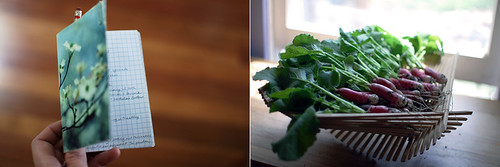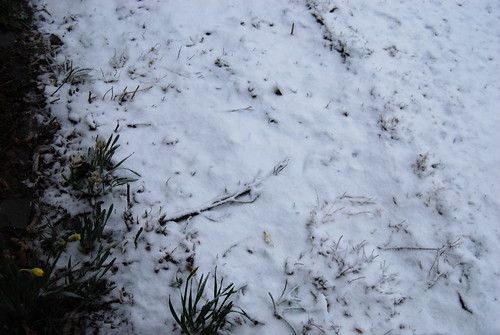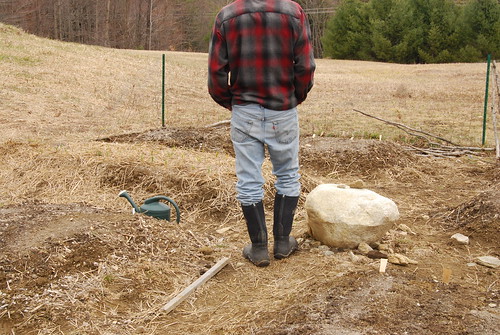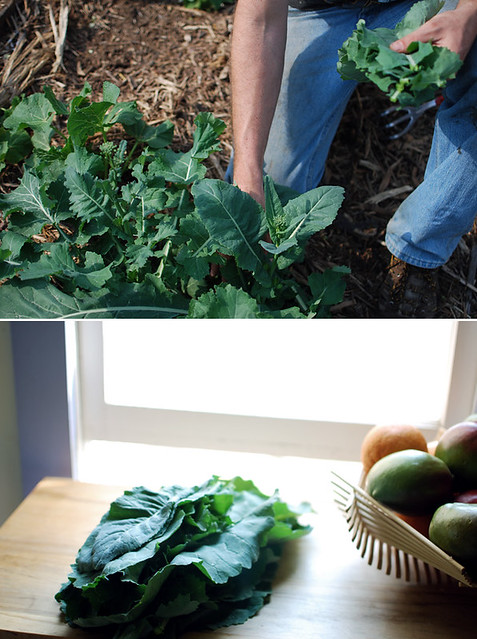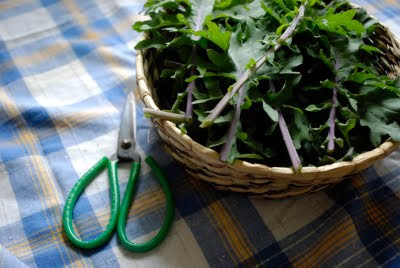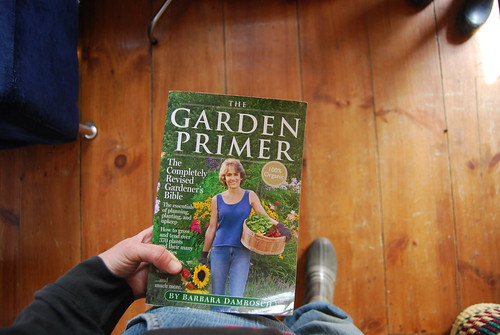
The dandelions are in full bloom here which means it is time to plant potatoes. I am not sure where or when I first heard this, but it has stuck with me ever since.

I like the idea of observing nature to determine what needs to be accomplished in the garden. It seems like a more natural way to time gardening chores, especially for those of us who are not the best at following schedules and calendars. And it helps to wake up and tune in a little more to what is happening in the outside world. Of course it is still important to be aware of your last frost date, especially during a spring with unseasonal warm spells (like we are having here in zone 6) that could throw things off a bit.

For fun I decided to do a little research on following nature’s calender and found it's name, Phenology, which is derived from the Greek word phaino , meaning to show or appear.
Below are a few more traditional phenological observations:
-Plant peppers, melon, and eggplant outside when bearded iris is in bloom.
-Plant corn when oak leaves are the size of a squirrels' ear.
-When lilac has leafed out plant lettuce, peas, beets, carrots, lettuces and other cool weather varieties.
-When lilac flowers are in full bloom plant beans,cucumbers and squash.
-Direct seed your morning glories when maple trees have full size leaves.
-When you see new growth on green ash, grapes and bur oaks it is safe to plant tender vines, annuals and perennials.
-Plant peas when you hear the first spring peeper.
-Plant tomatoes when lily-of-the-valley are in full bloom.

I am inspired by Heather's note taking, and think it may be fun to start jotting down some of my own observations.

I noticed today as we were planting our potatoes that the crape myrtle is beginning to leaf out. The White Dawn climbing rose is beginning to bud and we could hear the hungry chirping of baby birds coming from the birdhouse where the black capped chickadees make a nest each year.

Yes, I think I may have come up with a few more notes for the list under “When to Plant Potatoes”.

